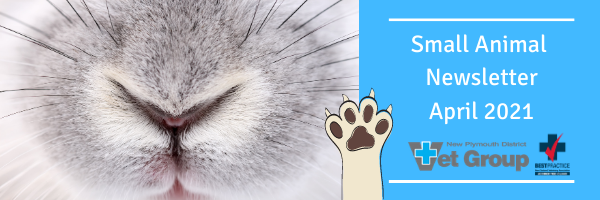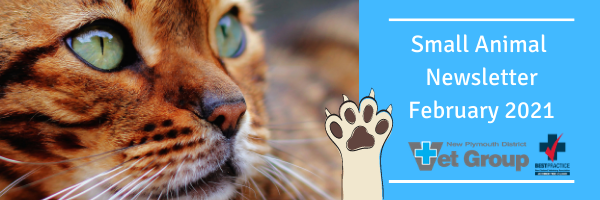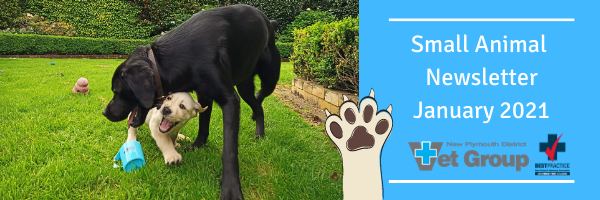We now offer Low Level Laser Therapy (LLLT also known as Photobiomodulation) Recently, we started offering…
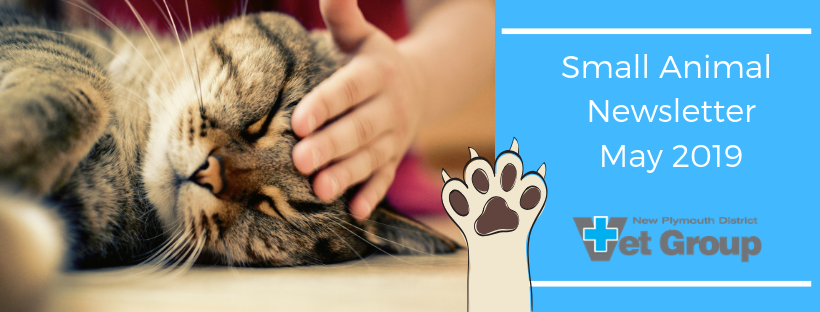
Small Animal Newsletter – May 2019
Rat bait Poisoning
 In dogs, rat bait toxicity is the most common serious poisoning that we see at our clinic. As we head into winter we tend to see an increase in the number of cases we treat due to rats and mice trying to live inside our houses and shed with us so more people are laying rat bait.
In dogs, rat bait toxicity is the most common serious poisoning that we see at our clinic. As we head into winter we tend to see an increase in the number of cases we treat due to rats and mice trying to live inside our houses and shed with us so more people are laying rat bait.
The most common rat baits used in New Zealand are anti-coagulants with brodifacoum being the key ingredient in many of them (Talon, Pest Off). This is what is called a second generation anti-coagulant and means that although the mouse or rat only needs to feed from the poison once to die, if your dog eats it then the chemical remains in their bloodstream for 3-4 weeks.
Anti-coagulants work by interfering with vitamin K1 which is essential for creating blood clotting factors. If a dog eats some rat bait then slowly over a few days it’s clotting factors run out and it can’t make any new ones so it starts to bleed. If left untreated the dog will eventually bleed out and die.
What to do if I know that my dog has eaten rat bait?
If you see your dog eating some or know that they have consumed some recently then please contact the clinic on 06 75 84006. Your pet can then be seen and if it has been less than 4 hours since the rat bait was eaten we can give them an injection to make them vomit and bring up as much as possible. If you know how much they have eaten and they bring it all up then they might not need further treatment other than a blood test 72 hours later to confirm that it was all brought up before any was absorbed.
If you are unsure whether your dog has definitely eaten any or if only a small amount has been consumed then we can wait until 3 days after the bait is eaten and collect a blood sample to send to the lab. The results of this then can tell us if your dog is fine or if they need treatment with vitamin K1. Unfortunately, vitamin K1 is a very expensive medicine and if your dog has eaten Brodifacoum it will need to be treated for 3-4 weeks. By waiting until the blood test results are back then it can save you a lot of money if your dog has not actually eaten any or enough to make them sick
What are the signs of poisoning?
For dogs that have unfortunately eaten rat bait without their owner’s knowledge after 3-5 days, they begin to show clinical signs relating to having run out of clotting factors in the blood. They might be:
- lethargic/sleep a lot
- Have pale coloured gums
- Have pin prick bleeds visible on their gums or the whites of their eyes
- Have a cough that might or might not cause them to cough up blood
- Bleed from their gums
- Have large bruises underneath their skin with no apparent reason for them
- Some, unfortunately, can also just suddenly die without obvious clinical signs

If the dog is not very anaemic yet but has a slow clotting time then we can give a plasma transfusion immediately to give it some clotting factors to prevent further bleeding. We also give vitamin K1 by injection so that the dog can begin to make it’s own clotting factors again. It takes time for the clotting factors to be made by the body to get to a protective level which is why the plasma transfusion is helpful to immediately increase the levels in the body
If a dog has lost a lot of blood already then we can give it a blood transfusion. There is always a risk that the animal could react to the transfusion but in most cases it is a highly successful, lifesaving procedure. We then use vitamin K1 daily for up to 4 weeks in any animal that has a slow clotting time to prevent them from bleeding out again until the body has broken down and excreted all of the anticoagulant.
If you see your dog eating rat bait or are suspicious that they have then please bring the container it came into the clinic so that we can see what the active ingredient is and treat them accordingly.
Why does my cat dribble?

Firstly, if your cat has never dribbled and suddenly starts, there may be a problem with their teeth or the inside of their mouth. It is always best to have this checked out by your vet initially, to make sure they have no ulcers, tooth damage or periodontal disease if your vet finds that your cat’s mouth appears normal and there’s no medical reason for the dribbling – congratulations! You have yourself what is called a “happy dribbler.”
It seems that some cats dribble in response to positive stimulation, and it’s typically accompanied by loud purring. In other words, your cat dribbles when they are feeling exceptionally relaxed and content. They’re enjoying your brushing, petting or massaging and it makes them feel so satisfied that they completely relax their muscles, which causes their mouth to open and dribble
How do we manage our patients?

Your pet’s medical details are uploaded into this secure cloud-based system through the use of i-pads, which you may see our staff using in the clinic. Rest assured we are not checking our Facebook page!
Our staff monitor and act on the alerts and reminders received through this software as well as regular checks as part of our nursing and care plan process ensuring your pet receives optimum care while staying with us. During handover, this system also serves as an accurate update of the situation at the time of guaranteeing continuity of care.
Thinking about getting a turtle as a pet?

The pond or aquarium needs to have a water filter and heater, firmly attached to the sides to prevent the turtles from moving or breaking them. There should be sand on the floor of the container, not pebbles. A basking rock, either in natural sunlight or with a 40W bulb overhanging it, needs to be accessible from the water. If adult female turtles are kept (over 15cm shell length approx) then a sandpit is required for laying eggs in. A cover over the aquarium keeps the air temperature inside nice and warm.
Diet: prepared reptile pellets are good, but should be supplemented by greens eg silverbeet, lettuce, puha floated in the water, aqua shells as a source of calcium, and live food such as tadpoles, small fish, etc as a treat. Chicken liver and ox heart are enjoyed but are NOT a balanced diet on their own.
As turtles can only eat under water, the tank will need cleaning regularly of faeces and food debris; about weekly is usually sufficient.
Staff Showcase – Lara Quinn Veterinary Nurse
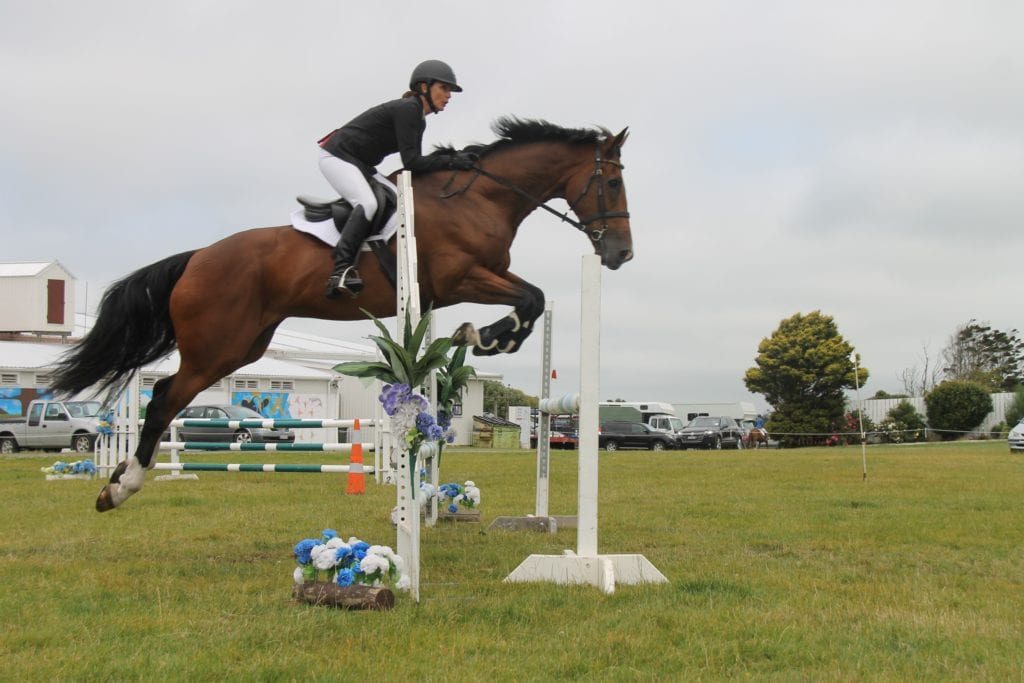
Our Instagram Superstar
Meet Buddy! He is a 7-month springer spaniel who was booked in for some surgery. Buddy is also one of our Puppy Class graduates and loves visiting the clinic. Isn’t he just so handsome!
Have you checked out our Instagram page yet? Updated daily – Meet our pet visitors and patients! Join our Instagram here.
Disclaimer: This email contains comments of a general nature only and is not intended to be a substitute for professional veterinary advice.


